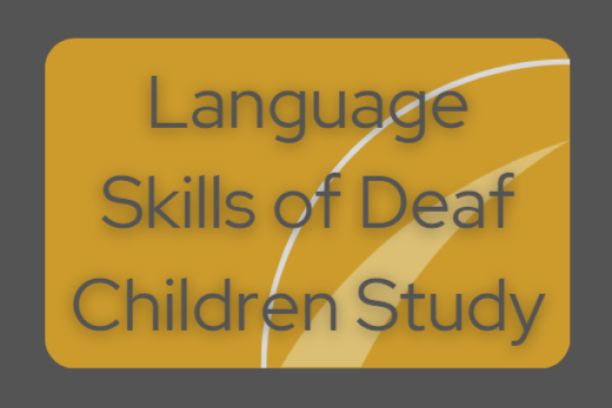-
Harbison A.L., McDaniel J., Yoder P.J. The association of imperative and declarative intentional communication with language in young children with autism spectrum disorder: A meta-analysis. Research in Autism Spectrum Disorders. 2017 Apr;36(36). 21-34.
Abstract
Background
Theoretically, specific pragmatic functions of intentional communication are differentially associated with language use in children with autism spectrum disorder (ASD). The primary purpose of this meta-analysis was to compare the relation of declarative and imperative intentional communication acts (ICAs), respectively, with language skills. We also examined five possible moderators of the separate associations and the difference in associations: metric used to quantify ICAs, expressive versus receptive language, longitudinal or concurrent correlations, within-study interobserver reliability of rating pragmatic function of ICAs, and risk for correlated measurement error.
Method
Included studies provided at least 1 zero-order correlation (concurrent or longitudinal) of language measures with declarative or imperative ICAs. Participants were children with ASD (n = 727), aged 8 years and younger.
Results
Twenty-three studies were included. Declarative ICAs were significantly associated with language (weighted mean r = 0.42; 95% CI [0.34, 0.50]). Imperative ICAs were not significantly associated with language. Moderator effects were not detected.
Conclusions
The association of declarative ICAs and language has implications for early treatment of ASD-related language deficits. Failure to find a significant association of imperative ICAs and language could have been due to low statistical power and/or publication bias; more research on imperative ICAs is needed.





